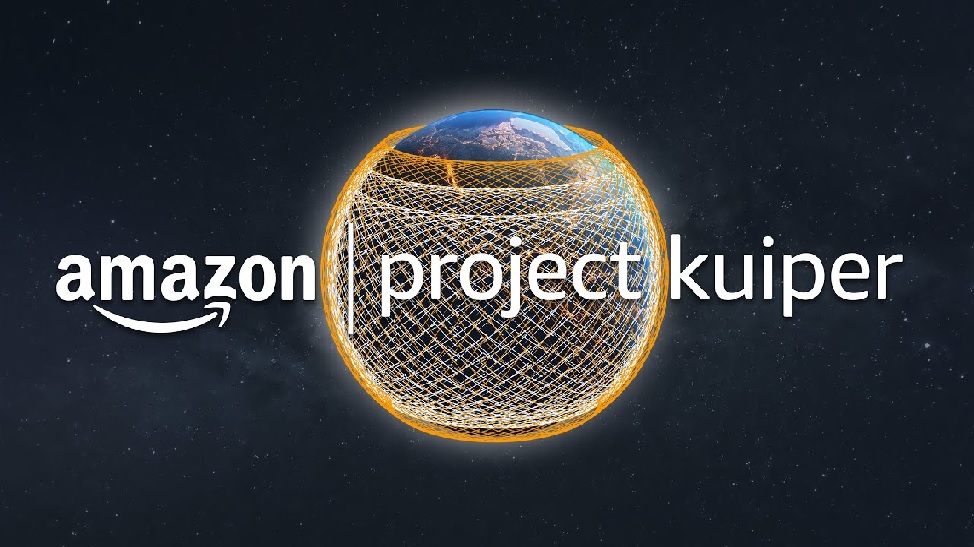Project Kuiper: Amazon Answer to SpaceX Starlink Passes "Crucial" Test

Space News ,Amazon :- In the race to revolutionize global internet connectivity, Amazon ambitious Project Kuiper has recently aced a critical milestone, setting the stage for a 2024 launch. Similar to SpaceX Starlink, Project Kuiper aims to usher in high-speed internet access by deploying 3,236 satellites in low Earth orbit (LEO).
This endeavor saw two prototype satellites take to the skies in October, marking the initiation of comprehensive testing for the network operational systems. Among the pivotal assessments was the validation of the optical inter-satellite link (OISL) technology, utilizing infrared lasers for data transmission between spacecraft.
The good news is, Amazon reports that the prototypes successfully navigated this crucial challenge. During testing, the two satellites maintained a robust connection speed of 100 gigabits per second.
While OISL has traditionally facilitated connections between satellites situated farther from Earth, earlier iterations were limited to linking only two satellites. Amazon breakthrough extends beyond ensuring a high-speed link between the prototypes; it indicates the potential for the OISL to interconnect the entire constellation of 3,000-plus satellites, forming a sophisticated mesh network.
Unlike conventional high-speed internet services powered by Earthbound optical fiber cables, Project Kuiper leverages space to transmit light, which travels 30% faster than its terrestrial counterpart, according to Amazon. With OISL, the project can efficiently route data throughout the network, enabling reception from any point on Earth and optimized routing based on network traffic.
Maintaining OISL links between LEO satellites has historically been challenging due to the need for an extremely narrow beam over distances of up to 1,600 miles and between satellites hurtling at speeds of up to 15,000 mph. Amazon asserts that its advanced optics and control systems have successfully overcome these hurdles.
Amazon ambitious timeline involves deploying enough satellites to commence customer pilots by mid-2024. Project Kuiper aims to provide speeds of up to 400 megabits per second for most users by 2029, approximately double the average U.S. broadband speed. Some organizations may even access speeds of up to 1,000 megabits per second, although the real-world and off-world feasibility of achieving such speeds when the system is fully operational remains uncertain. As the digital frontier continues to expand, Amazon Project Kuiper holds the promise of transforming global internet accessibility in the coming years.


